Discover Conversations and Input (C&I), a simple, free and yet innovative process that can radically improve audience engagement
Meeting professionals know it – all speakers and most participants know it – that Q&A moment at the end of a session when just some of the audience get a few minutes to ask questions. Relevant or not, the answers are often less than satisfactory.
By which time, the audience has disengaged and is itching to get away!
By Maarten Vanneste, Meeting Innovator President of the Meeting Design Institute
Can we call a Q&A session interaction?
No! It is one-on-one and rarely involves the rest of the audience!
Just one member of your audience is actively engaged with the speaker while the other participants listen. In a group of 100, this would mean audience involvement of just 1% – an extremely low level of interaction.
.
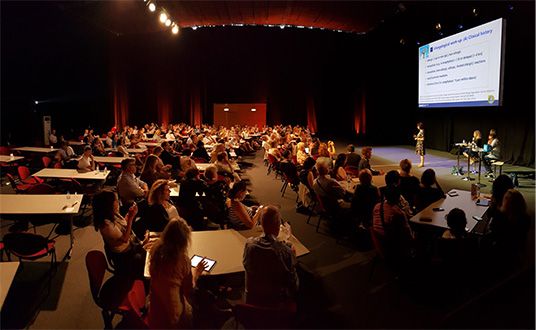
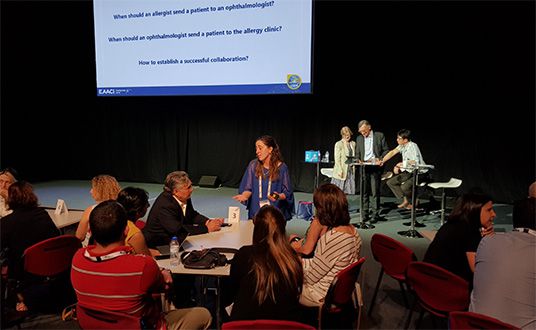
What C&I does for participant motivation
When we move from an audience of 300 ‘listeners’ to 50 conversations in groups of 6, almost everyone will say something, and they will feel comfortable doing so due to the small group setting. Ideas flow, debates happen, humour gets inserted, and noise levels rise. Interaction just jumped to 75% or more!
With C&I all participants engage more deeplywith the content. Participants become more energised and enjoy the session more, leading to greater value for all.
What C&I does for learning
What C&I does for networking
Networking is the number one reason why people go to meetings, and it is usually ranked higher than learning. When people in small groups discuss topics that are dear to their hearts, they soon get to know each other.
C&I is probably the best way of learning more about other people professionally. It is far more effective than a social gathering such as a coffee break, or reception, where we would usually cluster around people we already know.
Being able to assess how someone speaks, listens, answers and, generally interacts in a work situation is a high-speed quality test for future connections and a valuable asset.
.


What C&I does for the speaker
The speaker has less time to talk on a one to many basis and fewer slides to prepare.
For example, if a session is 60 minutes, the presentation will get 30 minutes (roughly 30 slides). The speaker arranges for one ‘conversation slide’ to be shown after every 10 slides and/ or 10 minutes talk.
The participants will then have 4 minutes for conversations in small groups, with another 2 minutes for input. C&I needs to be explained to the speakers to alleviate sceptism or fears that this may not work with their audience.
As public speaking can be very tiring and quite a nerve-racking experience C&I also gives speakers time to relax after a short presentation. Once speakers have tried C&I they will love the ‘pause’ effect that will give them time to relax or walk among the discussion groups and to get ready for the next part.
What C&I does for the organiser
C&I creates a lot of value for participants and speakers. It is an innovation that will be appreciated by all and will become a must for many. The younger generation particularly likes C&I, as sharing, discussing and commenting is part of their work ethic. C&I will bring your event better ratings, and your participants will return.
If you try to write with a wide general audience in mind, your story will ring false and be bland. No one will be interested. Write for one person. If it’s genuine for the one, it’s genuine for the rest.
End result
All round satisfaction and optimised learning and networking.
These dynamic sessions create more energised and happier participants. Q&A can still be included at the very end, but let’s break it open and make C&I a new standard.
The cost of interaction is time and the price for interaction is paid in minutes. You may need some introduction and hand holding for the speakers. But once they have done it they will take to it and encouraged by success they will keep doing it.
So, to you, the meeting planner or meeting architect I would say: Let’s apply C&I to all our future sessions! Let’s give the speakers a simple script in which speaking on the stage is alternated with Conversations and Input from small groups on ‘the floor’. Try it, and you will see C&I is a magical tool at zero cost. It may improve your own presentation style, but more importantly, your conference or meeting will get the best scores ever.
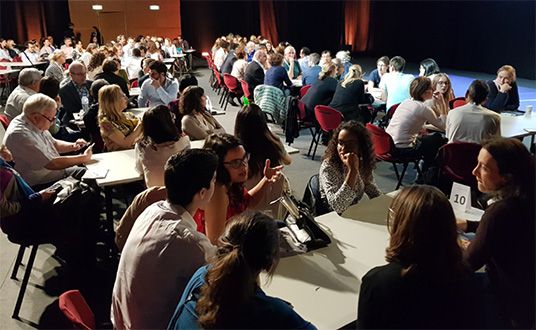
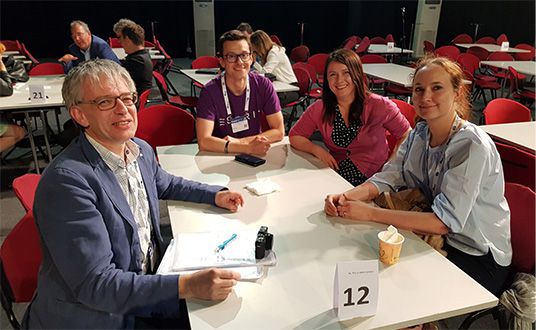
Variations
-
LOWER FREQUENCY: You may decide to do only one C&I every 20 minutes or every 25 minutes. The most effective solution is every 10–15 minutes, but any break helps, even if it is only once in an hour.
-
LONGER C&I: You could choose to have 7 minutes of Conversations and 3 minutes of Input: longer is fine.
-
SMALLER GROUPS: You could choose to have one person presenting a challenge and two advising on how they would address it: One in every three participants (33%) has a voice . That is twice one person speaking in groups of 6 (16%).
-
PAIR SHARING: Or you could ask one person sharing something with another to switch: Pair Sharing (Adrian Segar). Now 50% of the participants have a voice.
-
SMALLER GROUPS: This is also why tables of 6 are a good idea: you can split them into 2 x 3 participants or 3 x 2 participants.
Rules for conversations
1. Everyone needs to speak, invite everyone in your group to add something.
2. We will select some groups for input; we cannot get input from every group at one session.
3. Appoint one person to speak if your group is invited.
4. The speaker of your group will present the input from the rest of the group’s ideas, answers or questions.
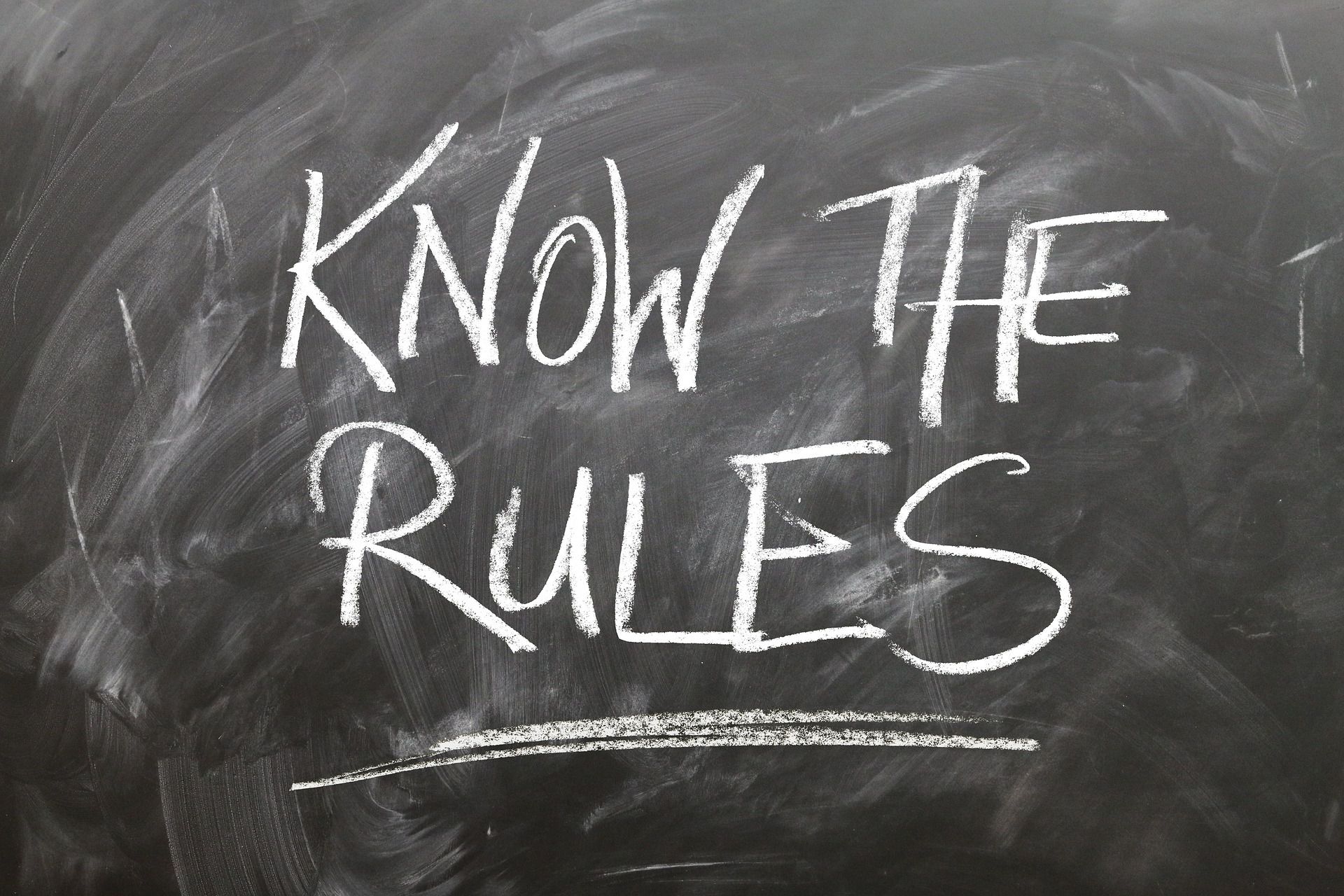
Gratitude to Maarten Vanneste for this very constructive article
Meeting Innovator President of the Meeting Design Institute
Author of Meeting Architecture



